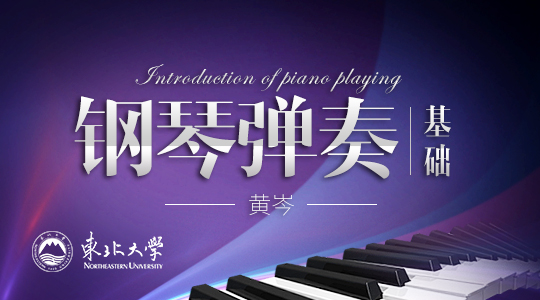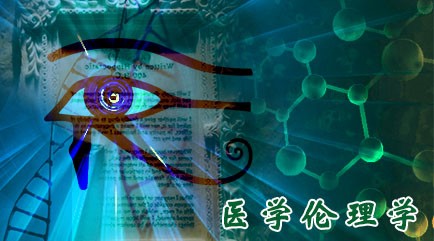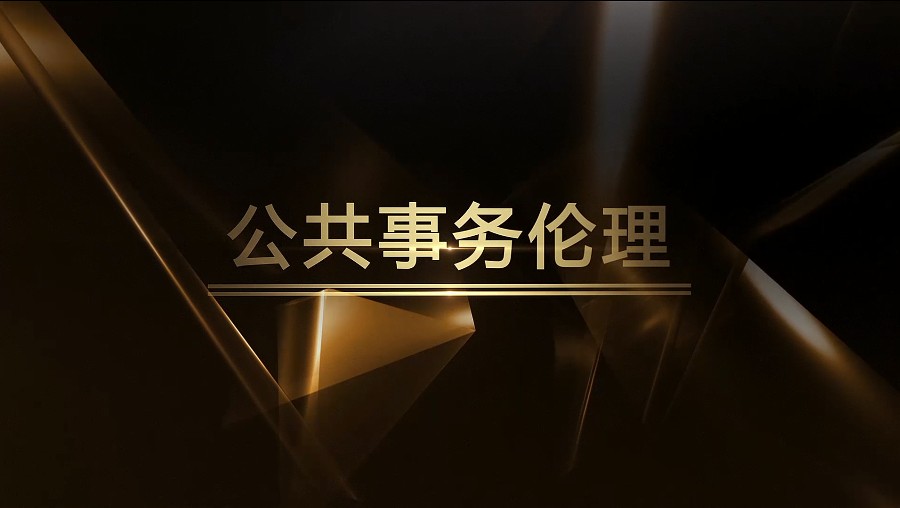
当前课程知识点:Traditional Chinese Medicine > Chapter 3 Visceral Manifestation > Section 1 Overview of Visceral Manifestation > Overview of Visceral Manifestation
返回《Traditional Chinese Medicine》慕课在线视频课程列表
返回《Traditional Chinese Medicine》慕课在线视频列表
Hello everyone
We have gone through several basic characteristics
and theories of TCM
Hope you have become interested in TCM
For today’s class
we’ll study a new chapter
the visceral manifestation
which is much more specific
and professional than previous contents
The visceral manifestation theory is the knowledge
about the zang-fu organs in TCM
As the important component part
of the basic theory in TCM
the visceral manifestation theory
includes the simple anatomy physiology
pathology syndrome differentiation and therapeutic principles
of zang-fu organs
And the theory is used to guide the clinical practice
Now let’s take a look at section 1
overview of visceral manifestation
Before we go through the contents of
zang-fu organs of TCM
let’s see the view of western medicine
about the body structure
Western medicine lays stress on the experiments and anatomy
and localization of lesions applies deduction
This leads the western medicine to develop
in the experimental analysis way
and form the characteristic of reductionism
Reductionism is also called method of analysis
Based on reductionism
the complex things can be reduced to
smaller and smaller units
until they are no longer divisible
the smallest possible substantial particle
then find the nature of these units
This method is used to deduce
the nature of the complex system
In order to understand the reductionism better
let’s look at this picture
In the picture
one of the doctors took a heart out of the body
and showed it to the other doctors
and there were a lot of bodies
and skeletons along the wall
This is a typical scenario that western doctors
tried to figure out what’s going on
inside the body by opening the body
The anatomy is an application of reductionism
Specifically
western medicine tries to know the body
with organs tissues even cells
instead of the whole body by using anatomy
Still the reductionism is used
Therefore for the western medicine
it tries to understand its internal structure
as well as action mechanism of interrelated life activities
by opening the human body
This method is called “White Box”
It means everything in the “box” can be seen
The content of viscera is radically different from Western medicine
TCM always has the holistic thinking
it lays stress on observing living individuals
and ignoring the structures
Based on the holistic concept
the human body is thought
to be a very complex organic whole
Each part of the human body
is in separable in the structure
mutually useful in function
inter-related in metabolism
and mutually affected in pathology
Therefore
TCM tried to find the relationship
between the internal and external part of the body
This method is called system theory
which is different with reductionism
TCM tried to know the human body and life
on the basis of “xiang”
depending on the observation comparison analysis
on intact alive human being
Xiang means symbol external appearance of internal organs
All the relationships between the internal organs
and external appearance were verified
modified and systematized by clinical practice
Then the ancient Chinese doctors gradually developed
the visceral manifestation theory
This reasoning method is called “Black Box”
which means everything inside body
can’t be seen directly
Both medical systems have a logic theory
and have their own approaches
and are empirically proven
However the two systems have different historical developing
cultural background and philosophical background
so they have different methodologies to know the body
Because their different view-points
each aims at different aspect or link in the pathogenic
chain
Let’s take bacterial infection as an example
For western medicine antibiotics is commonly
used to treat the disease by destroying the bacteria
For TCM
different therapeutic methods may be used
to enhance the patient’s healthy qi
which refers to the immunity
Actually TCM doesn’t care whether or not
the bacteria are in body
or what kinds of bacteria they are
TCM focuses much more on the sick people
instead of the disease itself
The visceral manifestation is based on
clinical observation of patients over thousands of years
The ancient Chinese doctors applied
the visceral manifestation to their clinical practice
then summarized the visceral manifestation theory
which focuses on the outward manifestations of internal organs
The theory plays an important role
in the theoretical system of TCM
The visceral manifestation is called zang xiang
Zang sharing the same pronunciation
with viscera in Chinese
refers to the organs inside the body
Xiang sharing the same meaning with manifestation
means the signs and images
Zang-fu is the generic term of the internal organs
Generally speaking
visceral manifestation is usually used to
refer to the shape and structure of the internal organs
as well as the sign of the physiological functions
and pathological changes of the internal organs
that are reflected outside of body
Therefore
the concept of visceral manifestation refers to
the internal organs
and the external manifestations of
their physiological and pathological states
The theory is used to discuss and recognize
the rules of the physiological functions
and pathological changes of internal organs
by analyzing the external signs
and manifestations of human body
Now let’s see how does the theory work
in the clinical practice
For example
a patient has the symptoms
such as cough nasal obstruction and running nose
The doctor may ask the patient the nature of the nasal discharge
the medical history
may check the tongue and take the pulse for the patient
And based on all the information
the doctor infers that external cold pathogen
getting into body through the skin
cough is a symptom of lung
lung is closely related
with skin nose nasal discharge
Finally the doctor may give a diagnosis
like cold attacking lung
From this case
the condition of lung inside body was revealed
by observing the external symptoms and signs
All the zang-fu organs inside the body usually are
divided into three kind of types
five zang organs
six fu organs and extraordinary fu organs
The five zang organs include
the heart Lungs spleen liver and kidneys
The functional activities of these organs
are mainly generating and storing essence
The six fu organs include
Gallbladder stomach small intestine large intestine
bladder and triple energizer
The functions of these organs are mainly receiving
and transporting water food and dregs
The extraordinary fu organs include
brain marrow bone vessel
gallbladder and uterus
All these organs commonly store the essential qi
Ok we just got an overview on the visceral manifestation
We should know the TCM concept of viscera
is quite different with the western medicine
TCM thinks that human body is an organic whole
and disorders of the internal organs
will be manifested on the exterior of the body
These exterior manifestations are linked
with the internal organs
in accordance with classification of five elements
that can be used to determine the location
severity and progress of disease
More details about the five zang organs
will be introduced in next class
That’s all for today
I’ll see you in next class
-Section 1 General Introduction
--General Introduction
-Section 2 Basic Characteristics of TCM
--Basic Characteristics of TCM
--Basic Characteristics of TCM
-Section 1 Unity of Qi
--Unity of Qi
-Section 2 Yin-Yang Theory
--Yin-Yang Theory
-Section 3 Five-Element Theory
--Five-Element Theory
-Section 1 Overview of Visceral Manifestation
--Overview of Visceral Manifestation
--Overview of Visceral Manifestation
-Section 2 Five Zang Organs
--Five Zang Organs
-Essence, Qi, Blood and Body Fluid
--Essence, Qi, Blood and Body Fluid
--Essence, Qi, Blood and Body Fluid
-Section 1 Etiology of TCM
--Etiology of TCM
-Section 2 Pathogenesis of TCM
--Pathogenesis of TCM
-Section 1 Inspection of Tongue
--Inspection of Tongue
-Section 2 Pulse Taking
--Pulse Taking
-Section 1 Syndrome Differentiation
--Syndrome Differentiation
-Section 2 Therapeutic Principles and Methods
--Therapeutic Principles and Methods
--Therapeutic Principles and Methods
-section 1 four natures and five flavors
--four natures and five flavors
--dicussion of four natures and five flavors
-section 2 four directing actions of chinese medicinal herbs
--four directing actions of chinese medicinal herbs
--discussion works
-section 3 compatibilities of chinese medicinal herbs
--compatibilities of chinese medicinal herbs
--discussion works
-section4 diaphretics
--works
-section5 Interior Warming Chinese Medicinal Herbs
--Interior Warming Chinese Medicinal Herbs
--works
-section6 restorative Chinese Medicinal Herbs
--Restorative Chinese Medicinal Herbs
--works
-section 1 general intorduction of prescription
--general intorduction of prescription
--discussion works
-section 2 Prescriptions for Relieving Exterior Syndromes
--Prescriptions for Relieving Exterior Syndromes
--works
-section 3 prescription for Warming the Interior
--prescription for Warming the Interior
--discussion works
-section4 tonic prescription--Prescriptions for invigorating qi
--tonic prescription---Prescriptions for invigorating qi
--discussion works
-section5 tonic prescription--prescriptions for nourishing blood and nourishing yin
--prescriptions for nourishing blood and nourishing yin
--discussion works
-section6 peptic prescription
--discussion works
-Section 1 Cold
--Cold
--Cold
-Section 2 Headache
--Headache
--Headache
-Section 3 Stomachache
--Stomachache
-Section 4 Insomnia
--Insomnia
--Insomnia



